

The Second Exhibition: 2008.4.26 - 2009.1.3
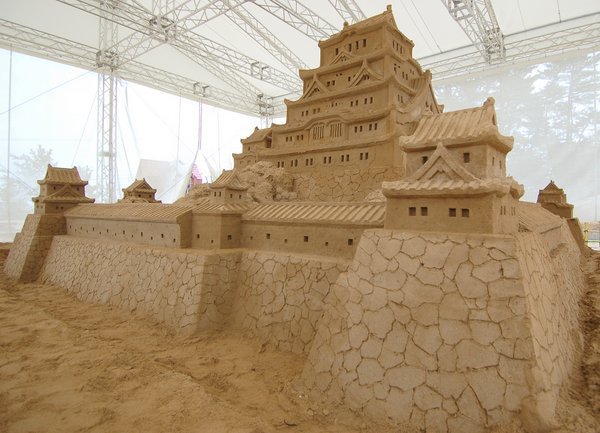
Himeji Castle
Himeji Castle is the finest surviving example of early 17th-century Japanese castle architecture, comprising 83 buildings with highly developed systems of defence and ingenious protection devices dating from the beginning of the Shogun period. It is a masterpiece of construction in wood, combining function with aesthetic appeal, both in its elegant appearance unified by the white plastered earthen walls and in the subtlety of the relationships between the building masses and the multiple roof layers.
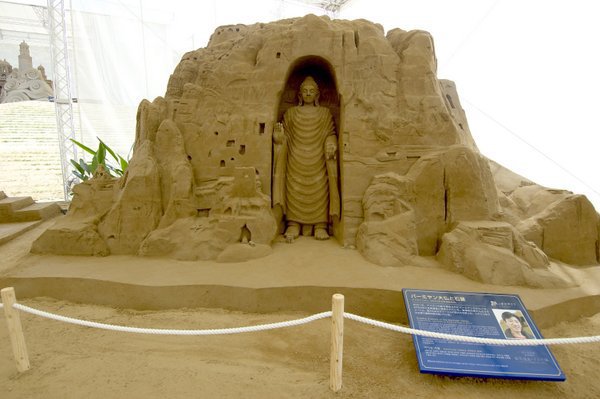
Buddha Statues of the Bamiyan Valley
The cultural landscape and archaeological remains of the Bamiyan Valley represent the artistic and religious developments, which from the 1st to the 13th centuries characterized ancient Bakhtria, integrating various cultural influences into the Gandhara school of Buddhist art. Before their destruction by the Taliban in 2003 the Eastern Great Buddha measured 38 metres in height, the Western Great Buddha 55 metres. They are now being restored under UNESCO guidance.
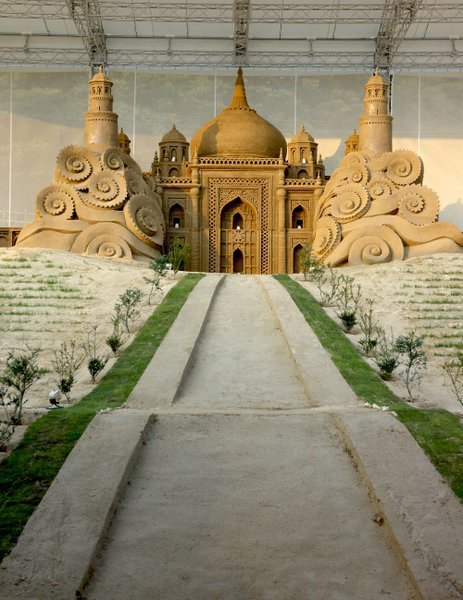
Taj Mahal
An immense mausoleum of white marble, built in Agra between 1631 and 1648 by order of the Mughal emperor Shah Jahan in memory of his favourite wife, the Taj Mahal is the jewel of Muslim art in India and one of the universally admired masterpieces of the world's heritage.
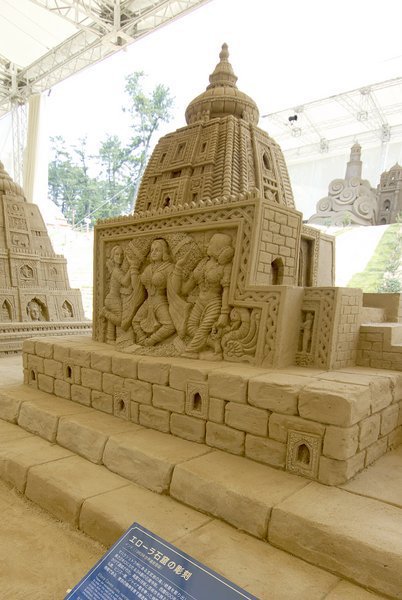
Ellora Caves
These 34 monasteries and temples, extending over more than 2 km, were dug side by side in the wall of a high basalt cliff, not far from Aurangabad, in Maharashtra. Ellora, with its uninterrupted sequence of monuments dating from A.D. 600 to 1000, brings the civilization of ancient India to life. Not only is the Ellora complex a unique artistic creation and a technological exploit but, with its sanctuaries devoted to Buddhism, Hinduism and Jainism, it illustrates the spirit of tolerance that was characteristic of ancient India.
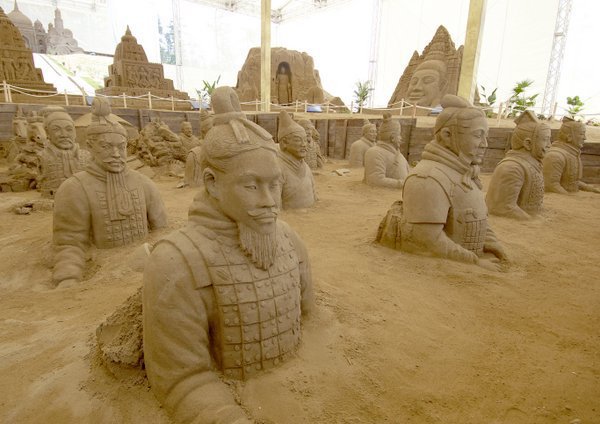
Mausoleum of the First Qin Emperor
The tomb of the first emperor in the feudal history of China with its large army of terracotta warriors and horses is one of the imperial graveyards of largest scale and richest connotation. 100 chariots, 600 horses and 8000 terracotta soldiers are organized in battle formation and guard the Qin Emperor in the afterlife.
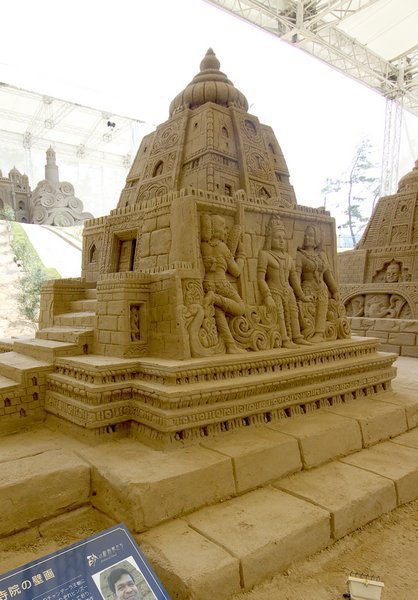
Khajuraho Group of Monuments
The temples at Khajuraho were built during the Chandela dynasty, which reached its apogee between 950 and 1050. Only about 20 temples remain; they fall into three distinct groups and belong to two different religions: Hinduism and Jainism. They strike a perfect balance between architecture and sculpture. The Temple of Kandariya is decorated with a profusion of sculptures that are among the greatest masterpieces of Indian art.
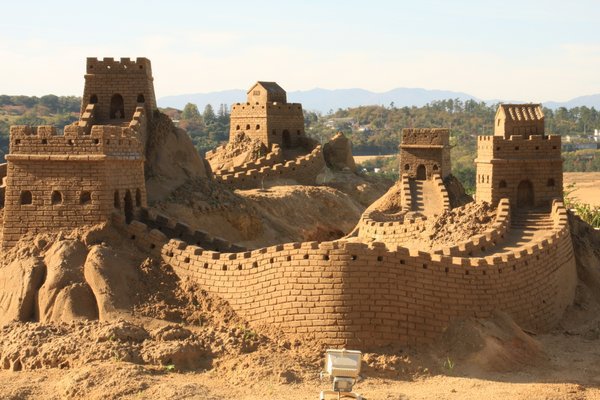
The Great Wall
In c. 220 B.C., under emperor Qin Shi Huang, sections of earlier fortifications were joined together to form a united defence system against invasions from the north. Construction continued up to the Ming dynasty (1368-1644), when the Great Wall became the world's largest military structure. Its historic and strategic importance is matched only by its architectural significance.
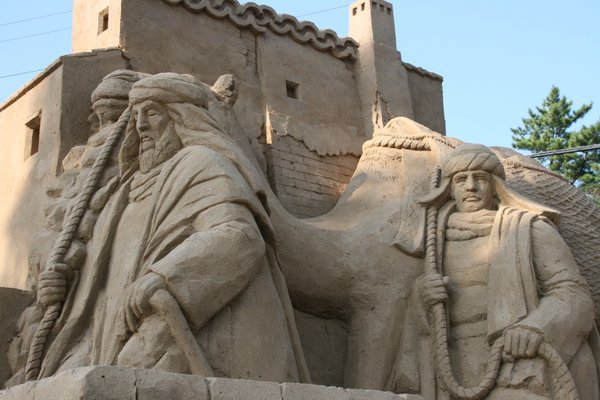
Journey to the West
Many traders pooled their resources and grouped together to form this caravan of appr. 300 camels in order to protect themselves from marauding robber bands. Arriving at the camp site the camels were set in their marching order and were prepared for next day’s departure.
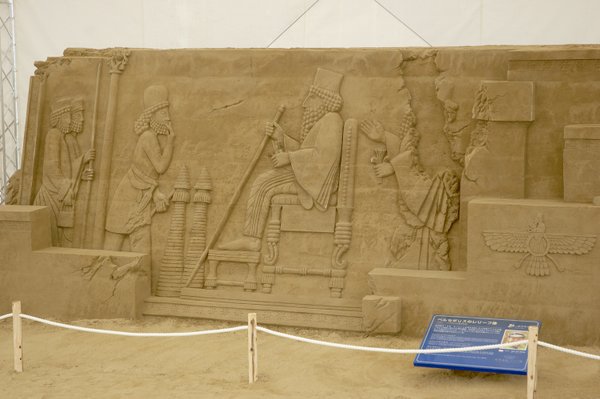
Reliefs of Persepolis
Founded by Darius I in 518 B.C., Persepolis was the capital of the Achaemenid Empire which dominated the Orient at that period. Although it was burned to the ground by the armies of Macedonia in 330 B.C., stone sculptures and reliefs still remain in various places and tell of the ancient palace complex.
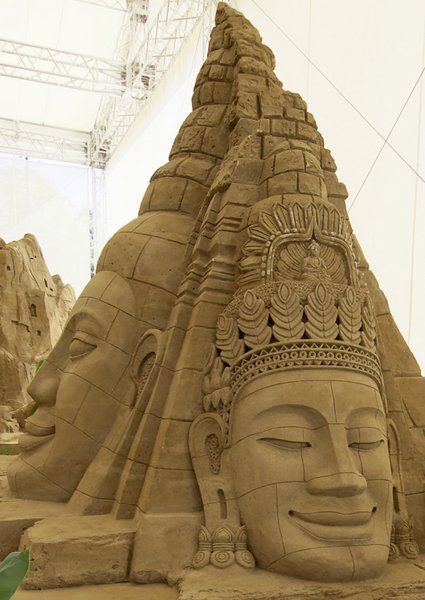
Angkor
Angkor is one of the most important archaeological sites in South-East Asia. Stretching over some 400 sq. km, including forested area, Angkor Archaeological Park contains the magnificent remains of the different capitals of the Khmer Empire from the 9th to the 15th century. They include the famous Temple of Angkor Wat and, at Angkor Thom, the Bayon Temple with its countless sculptural decorations.
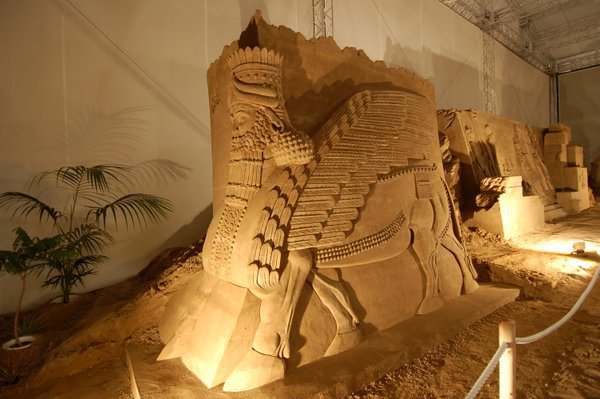
Ashur (Qal'at Sherqat)
The giant statues of winged bulls with human heads are said to protect the ancient city of Ashur located on the Tigris River in northern Mesopotamia (now Qal’at Sherqat). They appear on the walls of the many palace gates in the city where the buildings are richly decorated with reliefs, paintings and color-glazed tiles.
